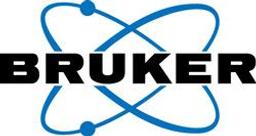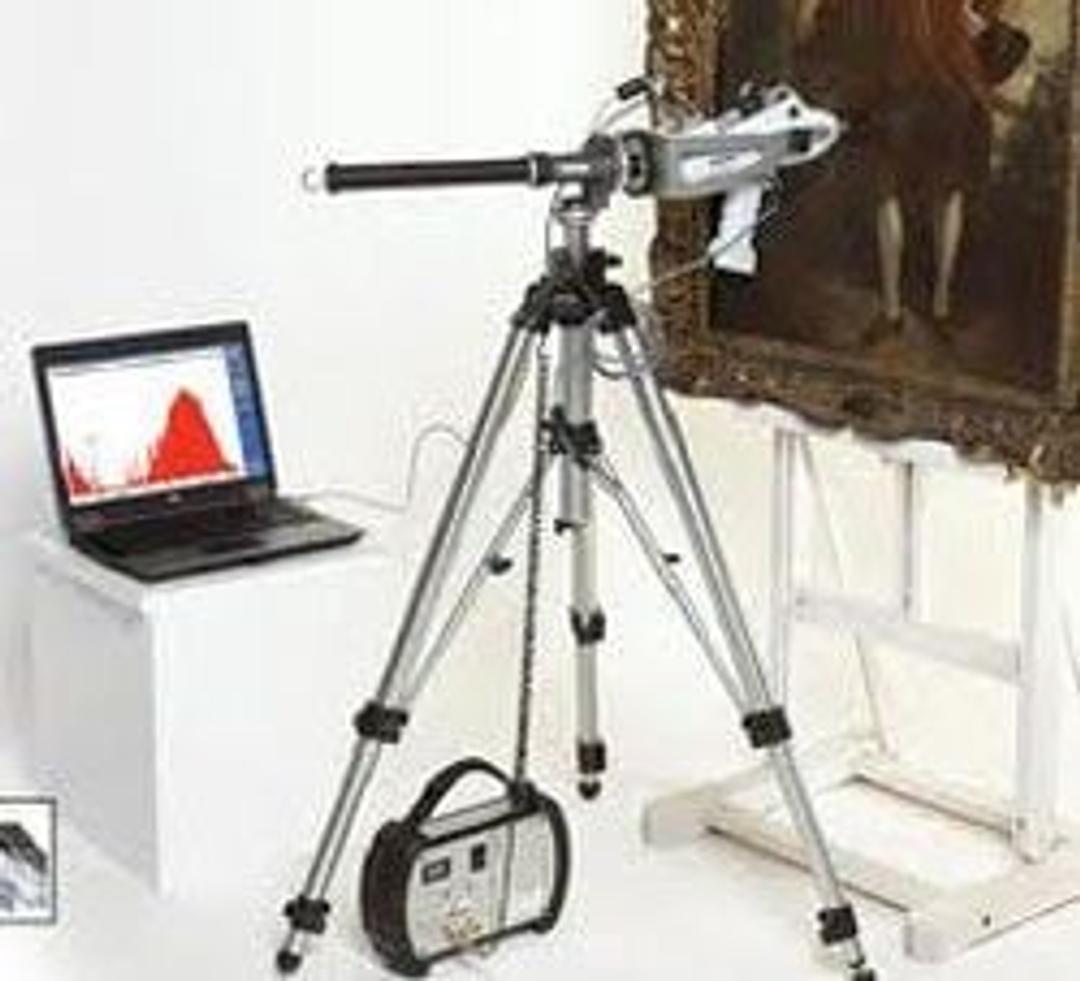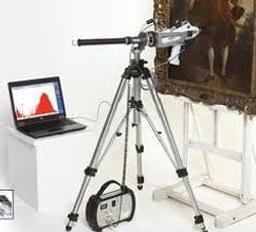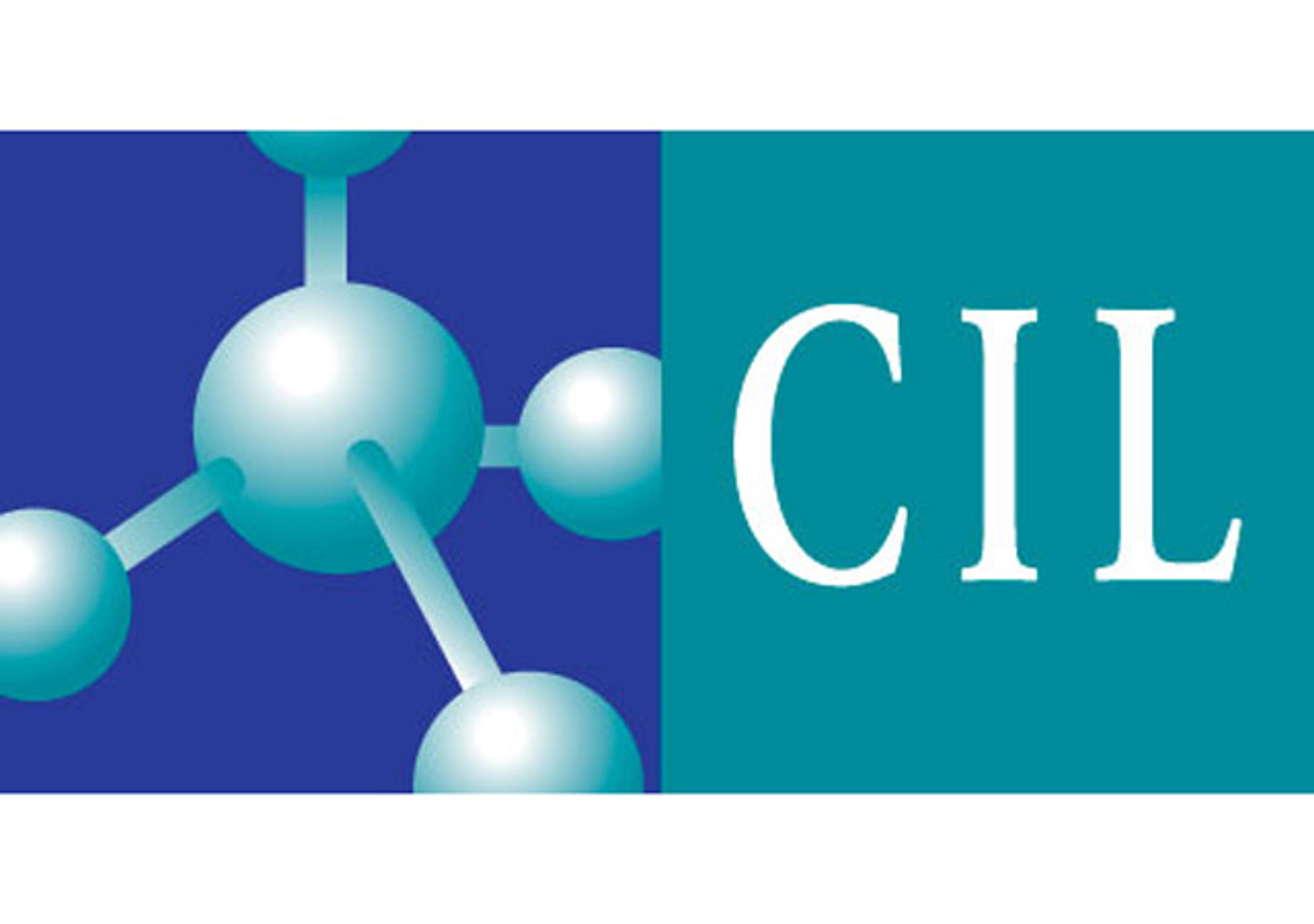Tracer III-V+ / III-SD
There are many reasons why the Tracer family has become the preferred instrument for leading conservation scientists around the world. It combines the power and flexibility you would expect from a bench-top instrument with the convenience of a handheld – thanks to some pioneering, user-oriented innovations. These include the same vacuum technology that we originally developed in partnership with NASA for the space shuttle prog…

The supplier does not provide quotations for this product through SelectScience. You can search for similar products in our Product Directory.
A lab workhorse, but superseded by newer models
Analytical chemsitry
The Tracer III-V is several models old in the Bruker line of portable XRF analyzers, but it has been a solid workhorse for our lab. Although we are looking forward to getting the next-generation instrument with its increased sensitivity, our old unit still has good life in it and will serve as a loaner for area institutions. The only issue with the Tracer line is that the older software did not have a great GUI interface and using it felt a little tiresome. I think in general Bruker could use software overhauls across its instrument platforms, but the equipment itself is usually very solid and high-performance. We use elemental, molecular, and microscopy equipment from Bruker.
Review Date: 26 Feb 2020 | Bruker AXS Inc.
Chemistry of Art
I have found that Bruker's handheld XRF is very easy to use and simple to understand, almost intuitive. The spectra is usually very good and easy to read, without much noise which was helpful for analysis. Although the instrument is supposed to be able to show Aluminium on the spectra, we had a lot of difficulty seeing lighter elements, even with the vacuum.
Review Date: 1 May 2012 | Bruker AXS Inc.
There are many reasons why the Tracer family has become the preferred instrument for leading conservation scientists around the world. It combines the power and flexibility you would expect from a bench-top instrument with the convenience of a handheld – thanks to some pioneering, user-oriented innovations. These include the same vacuum technology that we originally developed in partnership with NASA for the space shuttle program. The instrument also comes with powerful laptop-based analytical software, live-time spectral display, and customizable filters and secondary targets, designed to optimize your analysis no matter what the application.
These analyzers allow complete user control of the excitation conditions - current, voltage and user selected filter for optimization of measurement conditions for investigation of your objects. The Tracer III-SD incorporates the proprietary X-Flash® Silicon Drift Detector (SDD) which provides high speed data acquisition, better resolution than the traditional SiPIN detector and light element sensitivity. When the Tracer III-SD is operated with the optional vacuum system the ultimate light element sensitivity can be achieved.
In addition to the basic instrument the system is supplied with: 1) powerful lap-top based analytical software which provides live spectral display and complete peak identification; 2) a tripod mount which allows precise three dimensional positioning of the analyzer and 3) unmatched application training and support.
The benefits at a glance
• The capabilities of a bench-top instrument, with the convenience of a handheld
• Powerful laptop-based analytical software
•Customizable filters and secondary targets to optimize analysis
• Live-time spectral display
• Vacuum technology developed in partnership with NASA for the space shuttle program
• Standard package includes 360o tripod
• Proprietary X-FLASH® SDD technology (Tracer III-SD and IV-SD only)
• Unmatched training and support













